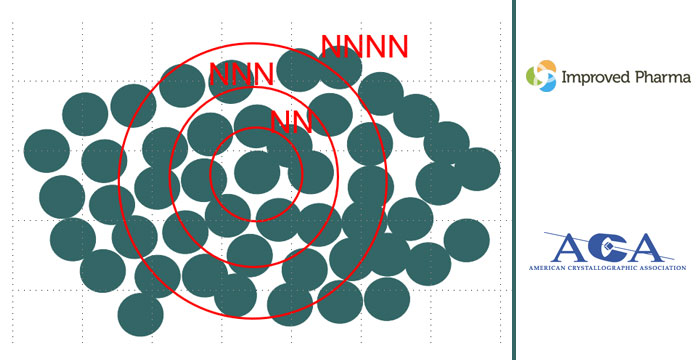WEST LAFAYETTE, IND. (PRWEB) JULY 19, 2019
Improved Pharma LLC announces the upcoming presentation of “Continuity of Solids between Amorphous and Crystalline States – Insights from Synchrotron X-ray Pair Distribution (SXPDF) Studies”. The authors are Stephen R. Byrn and Pamela A. Smith of Improved Pharma, along with Chris Benmore of Argonne National Laboratory and Gabriel de Araujo of the University of Sao Paulo.
One of Improved Pharma’s key areas of research involves understanding the interactions present in amorphous drugs and drug:polymer dispersions. As pioneers in this area, they have worked with leading researchers to hone the experimental approach and also offer this service to their clients in the pharmaceutical industry.
To fully understand the structure of amorphous materials, Synchrotron X-ray Pair Distribution Function (SXPDF) is a powerful analytical tool. To stabilize an amorphous drug, one common approach is to formulate it as a drug:polymer dispersion. If the correct polymer is used at the correct loading, then intermolecular interactions between drug molecules are removed. Stated another way, domains of more than one drug molecule are not present. If the drug molecules are not in close contact with each other, then crystallization is inhibited and stability of the formulation increases. SXPDF allows one to detect and measure these interactions. For example, for pure amorphous preparations of lapatinib, SXPDF shows nearest neighbor contacts out to the 5th order. For compositions of lapatinib and the cellulosic polymer HPMC, only nearest neighbor contacts of the lapatinib molecules are present. For compositions of lapatinib and HPMCP (1:3) no nearest neighbor contacts of the lapatinib molecules are present indicating the lack of lapatinib domains. As expected, this last composition was the most stable indicating a correlation between the existence of domains and the tendency to crystallize.
In this presentation, Dr. Byrn will discuss an overview of the current state of research and present some recent work conducted with our colleagues at Argonne National Laboratory and the University of Sao Paulo. Calcium salts that form liquid crystals will also be discussed.

